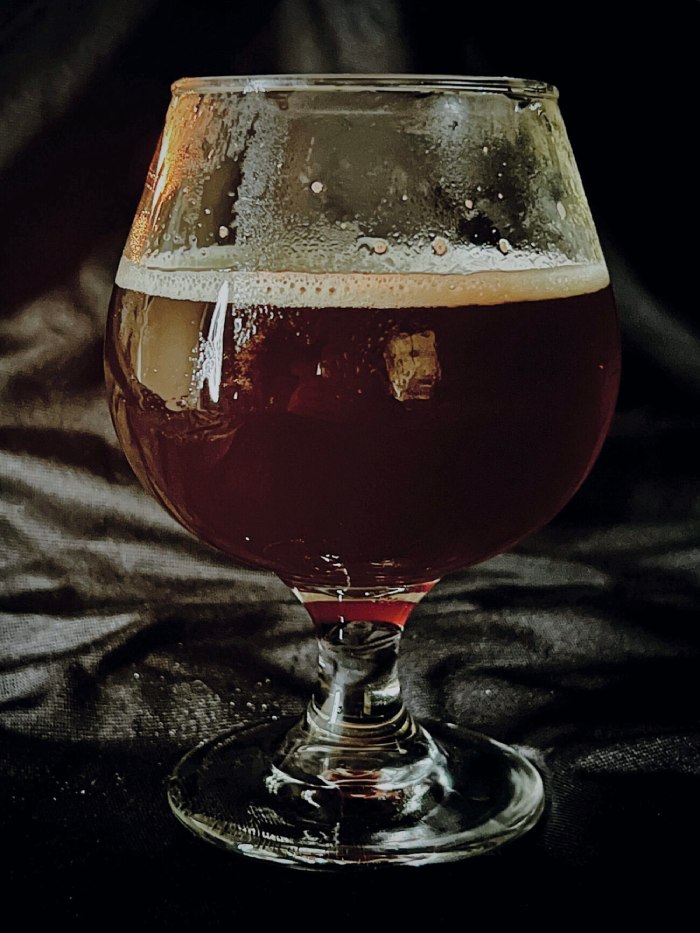Beer making has been around for thousands of years. We estimate that the first beers started being produced when humans just began cultivating the land. Back then the beer was likely sour, dark, and still full of the yeast which created it.
At it’s simplest form, beer is made by converting the various grains into fermentable sugars and then letting yeast eat those sugars. The grains are made into fermentable sugars by processes called malting and mashing. The malting happens before what we’d consider actual brewing. This is the process of soaking the grains, usually barley, in water. The grains are allowed to just begin to germinate in the water, and then they are dried and ground up. These ground up (or “milled”) grains are taken to the brewhouse. Once at the brewhouse, these grains are “mashed”. This means the grains are heated at varying temperatures in the brew kettle. This heating will turn those milled grains into sugars that yeast love to eat. Once this liquid is full of sugars, it is called “wort” and it is ready for the yeast.
After this point, beer is limitless. You can add hops, or non-fermented grains like corn and rice. You could add fruit even, or maybe spices. But up to this point are the necessary steps to create something delicious for your yeast!
When yeast multiply there are two by products, alcohol and CO2. That is what the yeast are doing in the beer, going through their normal life cycle. The wort first has to be cooled for the yeast. Then the wort is placed into a fermentation vessel, where it will live anywhere from a couple of weeks to a few months. Once the yeast are thrown into this environment of their favorite sugars, they go crazy with reproduction. If there is not enough sugar for all the yeast, then the beer will be dry. If there is more sugar than the yeast can handle, then the beer will be sweet. The CO2 released by the yeast is a sight to behold in the brewhouse. Often brewers will run a plastic tube from the top of fermentation tank into a tub of water, which churns and bubbles violently!
Once the yeast have done their work, a timeline which varies based on the kind of yeast chosen by the brewer, the beer can be considered complete. Today it is common to filter the beer as it runs from the fermentation vessel into the bottles, cans, or kegs where it is packaged. This removes any residual yeast.
This is the most basic way to make beer. Sounds simple right? Keep in mind, a brewery is not typically involved in the malting process. They receive the grains as ready for mashing in the brew kettle. At the most basic level, all the brewhouse has to do is heat the grains and add the yeast. This is why you can do it too!
Homebrewing is the process of making beer by yourself, for yourself. My husband and I were active homebrewers for four years and we loved it. It gave us a chance to be creative, make something together that we were proud of, and learn more about our favorite drink. You do not need much to begin homebrewing. Homebrew kits can be bought at your local homebrew store. The store will also have the minimal amount of equipment that you need to get started, which is basically a large pot for boiling your ingredients, a siphon, a food grade bucket for fermentation, and bottles for your finished beer. Your homebrew kit will have cans of thick, dark liquid, and this serves as your fermentable sugars for your grains. The kit will also come with hops, yeast, and instructions.
The first time my husband and I poured our wort into our fermentation bucket and added yeast, we went to bed nervous, exhausted, and with a big mess in the kitchen. We had run a tube from our fermentation bucket into a jar of water, so that the CO2 had a way to get out, and we’d left the whole thing in the coldest room in our house. The next morning, we woke up to the sound of bubbling water. We ran into the room and saw that we’d been successful! The CO2 was churning and bubbling in the jar of water as it was expelled by the yeast. Soon it would be beer! This was an incredible feeling. If you like beer I highly recommend that you try homebrewing. You will learn even more about your favorite drink, and get something delicious in the process.
Suggested Resources to Learn More:
“edX Course: The Science of Brewing” (free online course)
“The Joy of Homebrewing” by Charlie Papazian
“Beer” by Charles Bamforth

